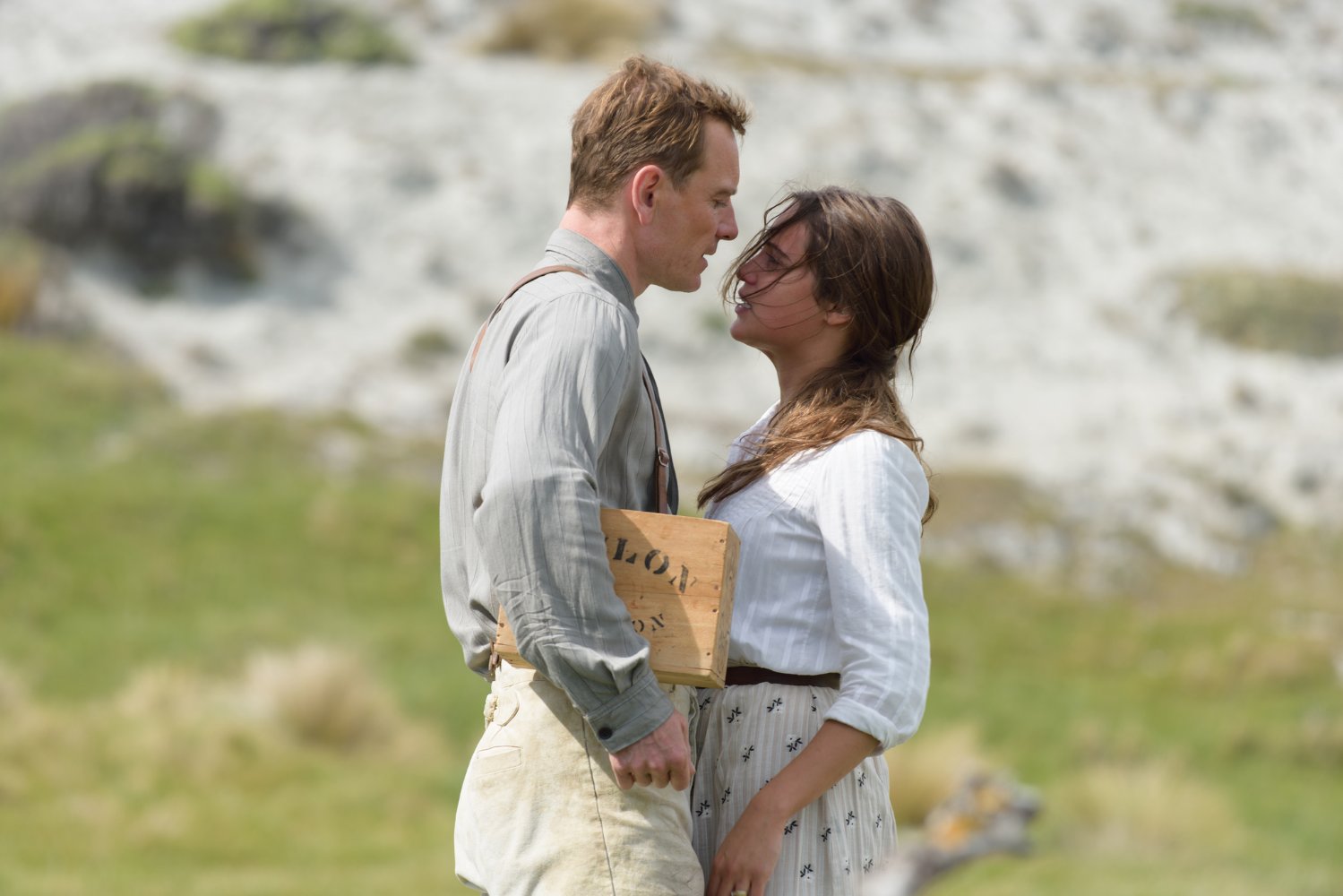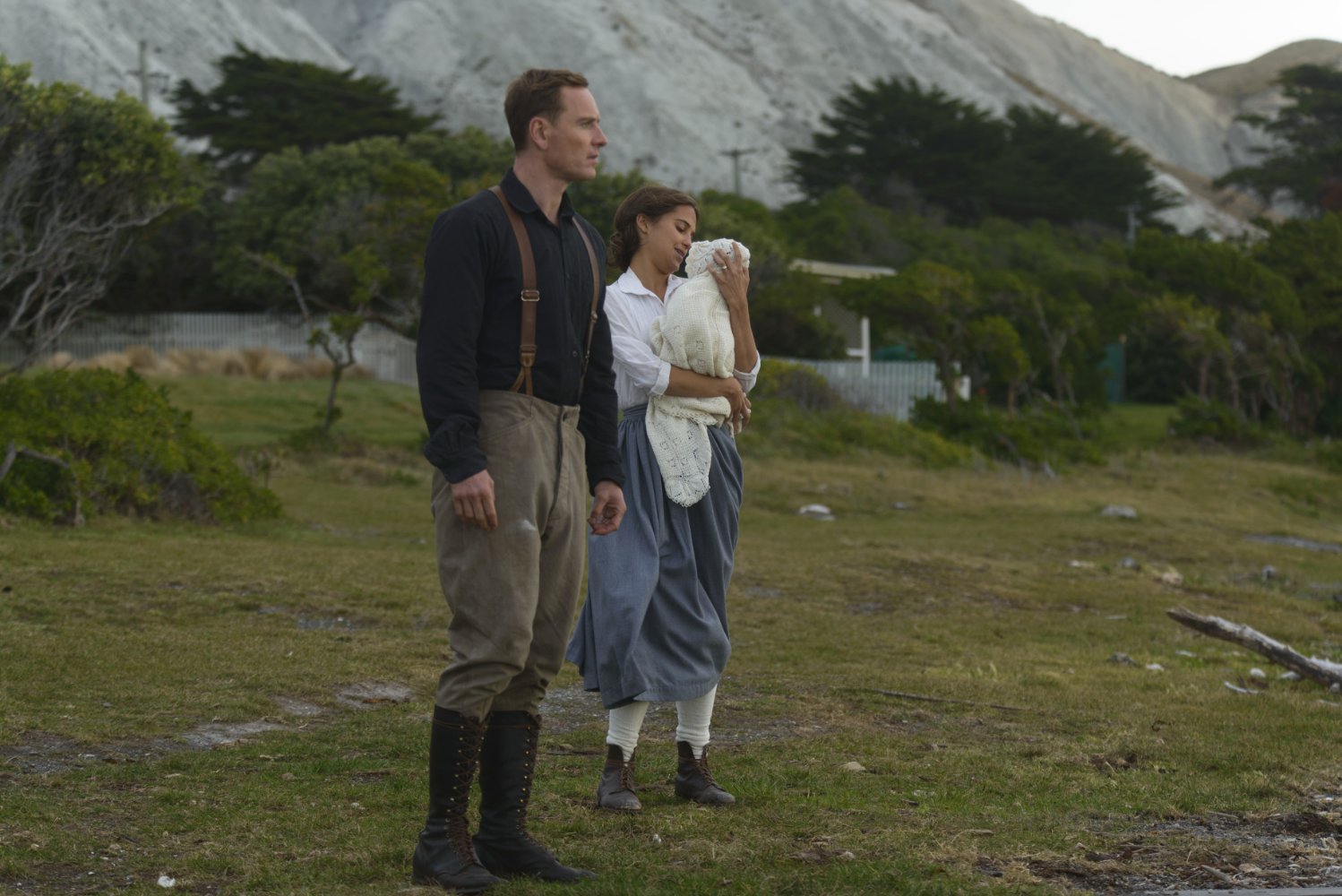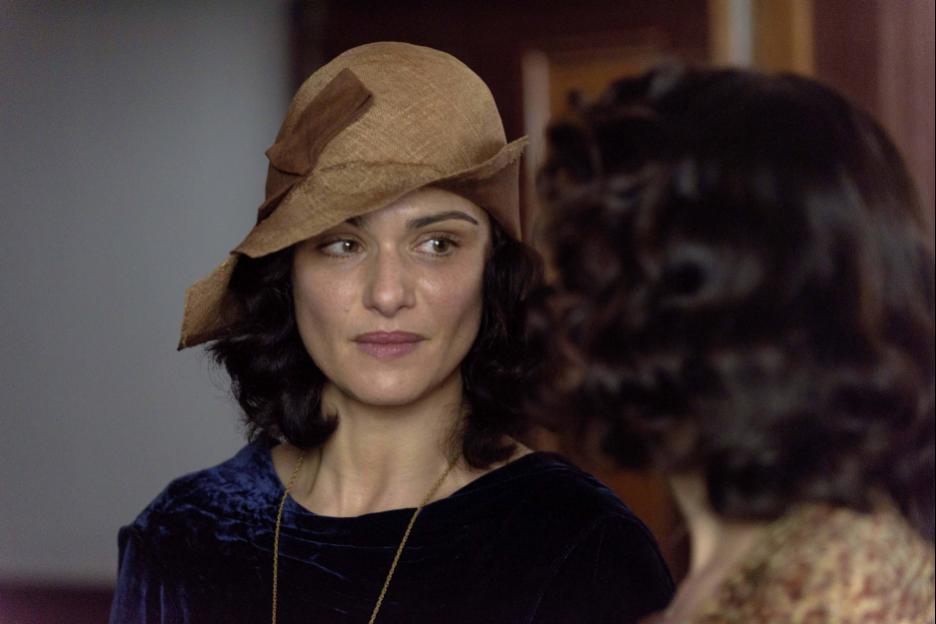
THE LIGHT BETWEEN OCEANS (PG-13)
Released By DreamWorks SKG/Touchstone Pictures
Review By Briana Pugh
Sometimes it’s the hardest stories in life that need to be told. Which is why, even though I knew it would be hard to watch Derek Cianfrance’s new film THE LIGHT BETWEEN OCEANS, I went to see it anyway. Filled with awesome talents such as Michael Fassbender, Alicia Vikander, and Rachel Weisz (who is reason enough to see the film anyway) this drama based on the novel by M.L. Stedman was not only difficult to watch, it’s also one of the most important films of the year.

Based on the Western coast of Australia, Tom Sherbourne (Michael Fassbender) takes a job as a lighthouse keeper on Janus Rock. Soon he falls for a beautiful woman named Isabel Graysmark (Alicia Vikander), they marry and then struggle to conceive a child. After many attempts, heartbreaks, and miscarriages they are left with only each other. When Isabel seems at her breaking point, there is a small babes cry carried on the wind and they discover on the shore a child and a dead man, floating adrift in a small boat. Against his better judgement, Tom agrees to keep the baby as their own and bury the dead man themselves, pretending that the child they found in the sea was the child they lost to death.
The difficulty of this film, however, I’m sure is dependent upon the filter with which you view it. For instance, my husband didn’t find this film anywhere near as emotional upsetting as I did. For me it was emotional because I could, in a very real sense, relate with the perspectives of the mothers, being a mother myself. However, in spite of the filter it is viewed through, I’m sure that many an audience member will leave the theater in awe and inspired by this film. Cianfrance’s adaptation of the novel truly speaks to the heart about forgiveness and redemption, which is something everyone can relate to. He took one of the most sacred things in life–the relationship between a child and their mother and showed us a story of loss, sorrow, bitterness, and hurt. But also a story of beauty, love, forgiveness and redemption. I thought I would have to leave that film picking sides, deciding who was right and who was wrong. But instead I left that film understanding each woman better, understanding how they felt, if only just a little.

The film was a representation to me of the story of King Solomon in the Bible. For those of you who skipped Sunday School, the story goes (in Layman’s terms) that two women each had a baby at the same time. That night one woman rolls over her baby and it dies. She decides to switch the babies in the night. When the second woman wakes up she knows that the dead baby is not her’s but the first woman protests saying that her baby is the one who is alive. They take the matter to King Solomon, who tells them that he is going to cut the baby in half and each woman can have a half. The first woman says “Fine, then neither of us will have a baby,” and the second woman, the real mother of the baby says, “No, she can have the baby just don’t kill him.” It is through the sacrifice of the second woman that King Solomon knows that she is the real mother. Because she would rather her child live, even if it wasn’t with her, as long as it meant life for her child.
It’s hard to put into words the deep feeling of love and devotion that a mother feels for her child. But if there was a way to portray that fidelity and attachment in its true form, Cianfrance’s THE LIGHT BETWEEN OCEANS comes the closest I’ve ever seen. Which is why I spent pretty much the whole film ugly crying like I was some kind of emotional mental patient. However, even though the movie was filled with anger, sadness, heartbreak, and the harsh realities of life, the story also held a beauty that only those terrible negativities of life could bring; like the sun and warmth felt after a storm.




